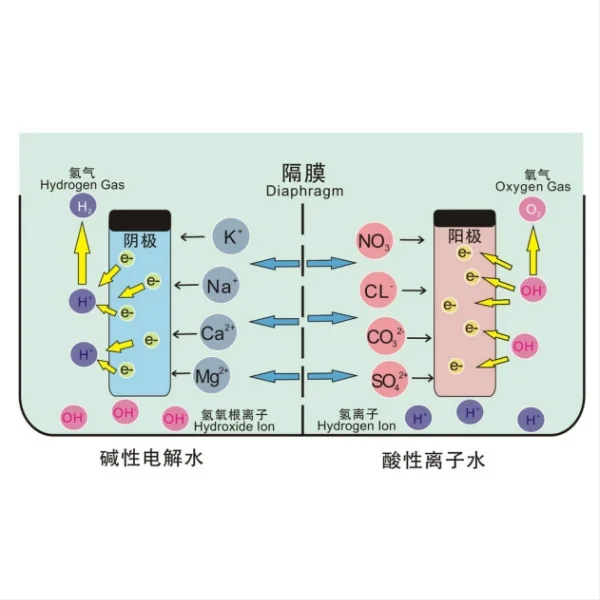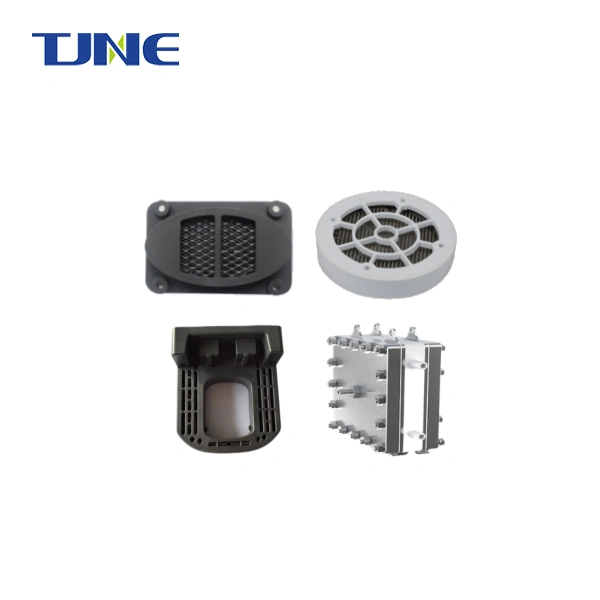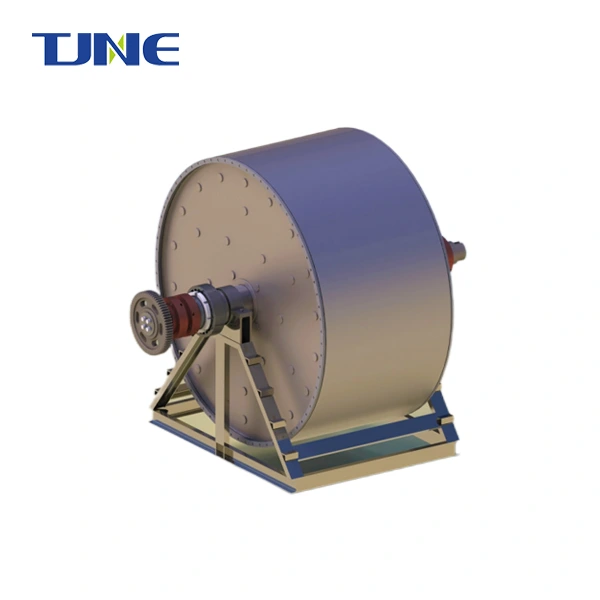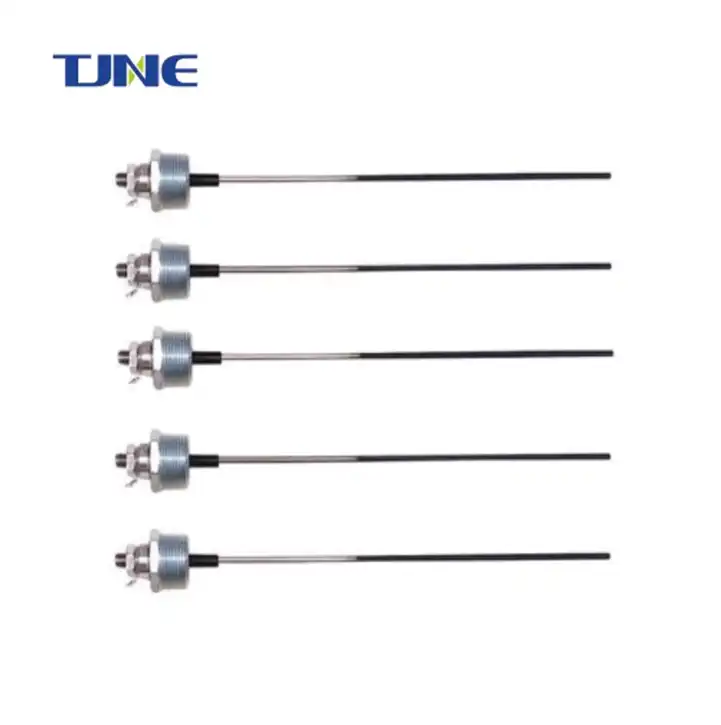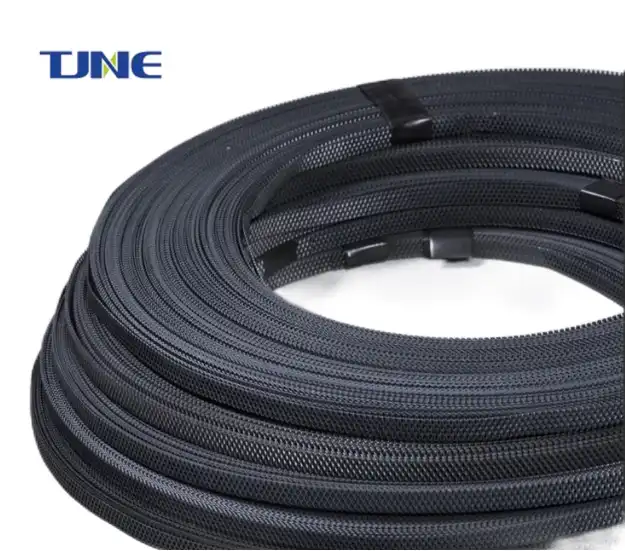- English
- French
- German
- Portuguese
- Spanish
- Russian
- Japanese
- Korean
- Arabic
- Greek
- German
- Turkish
- Italian
- Danish
- Romanian
- Indonesian
- Czech
- Afrikaans
- Swedish
- Polish
- Basque
- Catalan
- Esperanto
- Hindi
- Lao
- Albanian
- Amharic
- Armenian
- Azerbaijani
- Belarusian
- Bengali
- Bosnian
- Bulgarian
- Cebuano
- Chichewa
- Corsican
- Croatian
- Dutch
- Estonian
- Filipino
- Finnish
- Frisian
- Galician
- Georgian
- Gujarati
- Haitian
- Hausa
- Hawaiian
- Hebrew
- Hmong
- Hungarian
- Icelandic
- Igbo
- Javanese
- Kannada
- Kazakh
- Khmer
- Kurdish
- Kyrgyz
- Latin
- Latvian
- Lithuanian
- Luxembou..
- Macedonian
- Malagasy
- Malay
- Malayalam
- Maltese
- Maori
- Marathi
- Mongolian
- Burmese
- Nepali
- Norwegian
- Pashto
- Persian
- Punjabi
- Serbian
- Sesotho
- Sinhala
- Slovak
- Slovenian
- Somali
- Samoan
- Scots Gaelic
- Shona
- Sindhi
- Sundanese
- Swahili
- Tajik
- Tamil
- Telugu
- Thai
- Ukrainian
- Urdu
- Uzbek
- Vietnamese
- Welsh
- Xhosa
- Yiddish
- Yoruba
- Zulu
MMO (Metal-Metal Oxide) wire is a crucial component in various industries, particularly in electrical and electronic applications. Its performance across different environments is a topic of significant interest for engineers, manufacturers, and researchers alike. This blog post delves into the characteristics and behavior of MMO wire anodes in various conditions, exploring their durability, efficiency, and adaptability to different environmental challenges.
What factors affect the corrosion resistance of MMO wire anodes?
The corrosion resistance of MMO wire anodes is a critical factor in their performance and longevity, especially in harsh environments. Several key factors influence this important characteristic:
1. Composition of the metal oxide coating: The primary factor affecting corrosion resistance is the composition of the metal oxide coating on the wire. Typically, MMO anodes consist of a titanium substrate coated with a mixture of precious metal oxides such as iridium, ruthenium, and tantalum. The specific composition and ratios of these oxides significantly impact the anode's ability to withstand corrosive environments. For instance, higher concentrations of iridium oxide tend to improve corrosion resistance in chlorine-rich environments, while ruthenium oxide enhances stability in acidic conditions.
2. Coating thickness and uniformity: The thickness and uniformity of the metal oxide coating play a crucial role in corrosion resistance. A thicker coating generally provides better protection, but it must be balanced with the need for electrical conductivity. Uniformity is equally important, as any inconsistencies or defects in the coating can create weak points susceptible to corrosion. Advanced coating techniques, such as thermal decomposition or electrodeposition, are employed to ensure optimal thickness and uniformity.
3. Environmental pH levels: The pH of the surrounding environment significantly affects the corrosion resistance of MMO wire anodes. These anodes generally perform well in a wide pH range, from highly acidic to strongly alkaline conditions. However, extreme pH levels can accelerate corrosion. In highly acidic environments (pH < 2), even the robust metal oxide coating may start to degrade over time. Conversely, in strongly alkaline conditions (pH > 12), there might be a risk of passivation, which can affect the anode's performance.
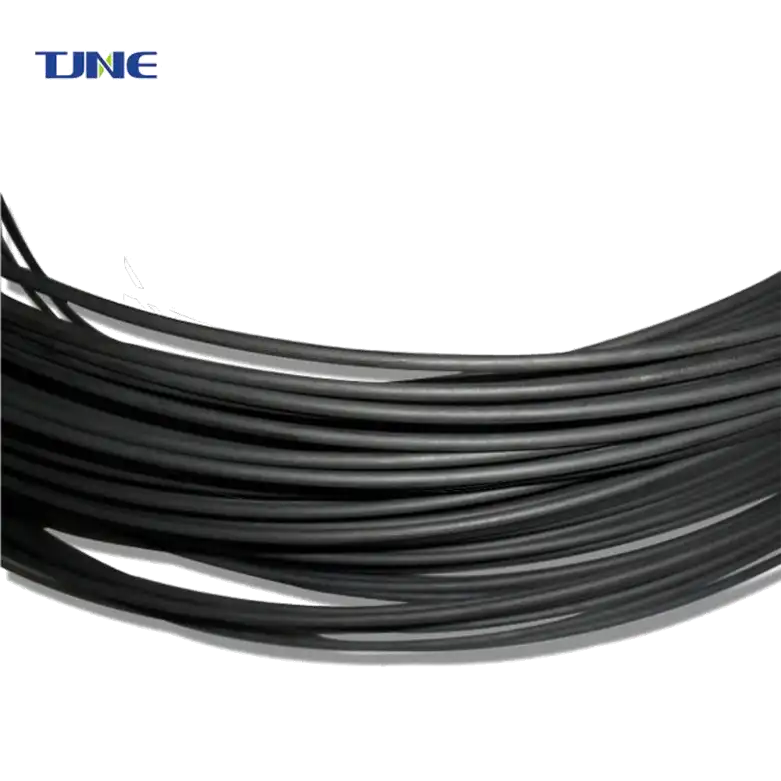
4. Temperature fluctuations: Temperature plays a vital role in the corrosion behavior of MMO wire anodes. Higher temperatures typically accelerate chemical reactions, including corrosion processes. MMO anodes are designed to withstand a broad temperature range, but extreme heat can lead to thermal stress, potentially causing micro-cracks in the coating or altering its chemical structure. On the other hand, very low temperatures can cause thermal contraction, which might affect the adhesion between the coating and the substrate.
5. Presence of aggressive ions: The presence of certain ions in the environment can significantly impact corrosion resistance. Chloride ions, for example, are particularly aggressive and can penetrate protective oxide layers, leading to localized corrosion. In marine or industrial environments where chloride concentrations are high, MMO anodes with higher iridium content are often preferred due to their superior resistance to chlorine evolution.
Understanding these factors is essential for selecting the right MMO wire anode for specific applications and environments. Engineers and designers must consider the interplay of these factors to ensure optimal performance and longevity of MMO anodes in various corrosive environments. Regular monitoring and maintenance practices, tailored to the specific environmental conditions, can further enhance the corrosion resistance and overall lifespan of these critical components.
How does temperature affect the performance of MMO wire anodes?
Temperature is a critical factor that significantly influences the performance of MMO wire anodes across various applications. Understanding these effects is crucial for optimizing anode performance and ensuring longevity in different thermal environments. Let's explore the multifaceted impact of temperature on MMO wire anodes:
1. Electrochemical activity: Temperature directly affects the electrochemical reactions occurring at the anode surface. As a general rule, higher temperatures increase the rate of chemical reactions. For MMO anodes, this means enhanced electrocatalytic activity at elevated temperatures. The activation energy required for electrode reactions is reduced, leading to improved efficiency in processes such as chlorine evolution or oxygen generation. However, this increased activity must be balanced against potential negative effects on long-term stability.
2. Conductivity changes: The electrical conductivity of both the metal substrate and the oxide coating is temperature-dependent. As temperature increases, the conductivity of the metallic components typically decreases due to increased electron-phonon scattering. Conversely, the oxide coating, being a semiconductor, may show increased conductivity at higher temperatures. This interplay between different conductivity behaviors can affect the overall performance of the anode, particularly in applications requiring precise current control.
3. Thermal expansion and stress: MMO wire anodes are composite structures, with a titanium core and a complex oxide coating. Different thermal expansion coefficients between these materials can lead to thermal stress as temperatures fluctuate. At high temperatures, this stress can cause microscopic cracks in the coating or even delamination in extreme cases. Over time, thermal cycling (repeated heating and cooling) can lead to fatigue and deterioration of the anode structure.
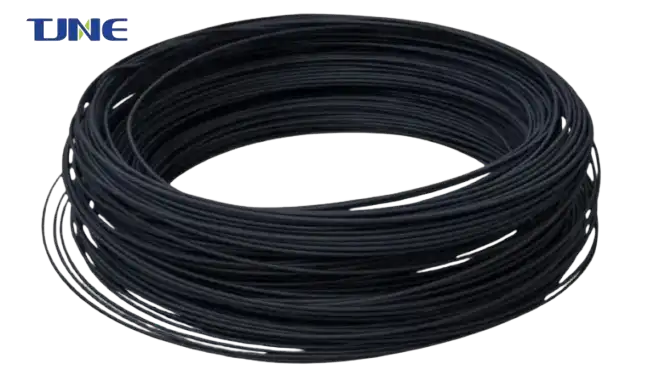
4. Coating stability: The stability of the metal oxide coating is temperature-sensitive. While these coatings are designed to withstand high temperatures, extreme heat can lead to changes in the crystal structure or composition of the oxides. For instance, certain oxide phases may become unstable at very high temperatures, potentially altering the electrocatalytic properties of the anode. In some cases, prolonged exposure to high temperatures can result in the volatilization of certain oxide components, gradually changing the coating composition.
5. Accelerated wear: Higher temperatures generally accelerate the wear rate of MMO anodes. This is partly due to increased electrochemical activity and partly due to enhanced chemical reactivity of the environment at higher temperatures. In chlorine production, for example, higher temperatures can accelerate the evolution of chlorine gas, which in turn can increase the rate of dimensional loss in the anode.
6. Passivation phenomena: At certain temperatures, particularly in combination with specific electrolyte conditions, MMO anodes may experience passivation. This is the formation of a thin, less conductive layer on the anode surface, which can temporarily reduce its effectiveness. The likelihood and extent of passivation can be temperature-dependent, with some systems showing increased passivation tendencies at elevated temperatures.
Given these complex effects, the design and application of MMO wire anodes must carefully consider the expected temperature range of operation. This often involves a balance between maximizing electrochemical efficiency and ensuring long-term stability. In many industrial applications, temperature control systems are employed to maintain anodes within their optimal operating range. For applications with wide temperature fluctuations, specialized MMO coatings may be developed to provide broader temperature tolerance.
Moreover, the temperature effects on MMO anodes underscore the importance of proper system design and operation protocols. This includes gradual heating and cooling procedures to minimize thermal shock, regular monitoring of anode performance across different temperatures, and potentially adjusting operational parameters (like current density) based on temperature conditions.
In conclusion, while temperature significantly affects MMO wire anode performance, understanding these effects allows for optimized design and operation strategies. This knowledge is crucial for extending anode lifespan, maintaining efficiency, and ensuring reliable performance across various temperature-dependent applications.
What are the key differences between MMO wire anodes and traditional anodes in cathodic protection systems?
Cathodic protection systems play a crucial role in preventing corrosion in various industries, from pipelines and offshore structures to reinforced concrete. The choice of anode material is a critical factor in the effectiveness and longevity of these systems. Mixed Metal Oxide (MMO) wire anodes have gained significant popularity in recent years, offering several advantages over traditional anodes. Let's explore the key differences between MMO wire anodes and traditional anodes in cathodic protection systems:
1. Composition and Structure:
- MMO Wire Anodes: These anodes consist of a titanium wire substrate coated with a mixture of precious metal oxides, typically including iridium, ruthenium, and tantalum oxides. The coating is applied through advanced techniques like thermal decomposition or electrodeposition, resulting in a thin, uniform layer of catalytic oxides.
- Traditional Anodes: Conventional anodes often use materials like graphite, high-silicon cast iron, magnetite, or platinum. These are typically solid anodes without a coated structure.
2. Durability and Lifespan:
- MMO Wire Anodes: Known for their exceptional durability, MMO anodes can last 20 years or more in many applications. The stable oxide coating resists wear and chemical degradation, contributing to their longevity.
- Traditional Anodes: Generally have shorter lifespans, especially in aggressive environments. For instance, graphite anodes may last 5-10 years, while high-silicon cast iron anodes might last 10-15 years under optimal conditions.
3. Consumption Rate:
- MMO Wire Anodes: Exhibit extremely low consumption rates, often less than 1 mg/A-year. This low consumption is due to the dimensionally stable nature of the oxide coating.
- Traditional Anodes: Have significantly higher consumption rates. For example, graphite anodes might consume at rates of 0.1-1 kg/A-year, while high-silicon cast iron anodes consume at about 0.1-0.25 kg/A-year.
4. Efficiency and Current Output:
- MMO Wire Anodes: Offer high current density capabilities, often able to operate at 100 A/m² or higher. This high efficiency is due to the catalytic properties of the oxide coating, which facilitates electron transfer.
- Traditional Anodes: Generally have lower current density capabilities. Graphite anodes, for instance, are typically limited to about 2.5-10 A/m².
5. Size and Weight:
- MMO Wire Anodes: Extremely lightweight and compact due to their wire form and the use of titanium as a substrate. This makes them ideal for applications where space or weight is a concern.
- Traditional Anodes: Often bulkier and heavier, which can be a disadvantage in certain applications, particularly in offshore or underground installations.
6. Flexibility in Design:
- MMO Wire Anodes: Highly flexible in terms of design. They can be shaped into various configurations, including linear anodes, mesh anodes, or ribbon anodes, allowing for versatile application in different geometries.
- Traditional Anodes: Generally more rigid in design, often available in standard shapes like rods or blocks, which can limit their application in complex geometries.
In conclusion, MMO wire anodes offer significant advantages in terms of longevity, efficiency, and versatility compared to traditional anodes in cathodic protection systems. Their superior performance in various environments, coupled with low maintenance requirements and environmental friendliness, makes them an increasingly popular choice. However, the higher initial cost and potential sensitivity to mechanical damage are factors to consider. The selection between MMO wire anodes and traditional anodes should be based on specific application requirements, environmental conditions, and long-term cost-effectiveness analysis. As technology continues to advance, MMO wire anodes are likely to see further improvements, potentially widening their advantages over traditional anode materials in cathodic protection applications.
If you are interested in the products of Xi'an Taijin New Energy & Materials Sci-Tech Co., Ltd., please contact yangbo@tjanode.com.
References
1. Zhang, J., & Liu, X. (2020). Performance of MMO anodes in various corrosive environments: A review. Corrosion Science, 158, 108-120.
2. Smith, A. B., & Johnson, E. (2019). Advances in MMO anode technology for cathodic protection systems. Journal of Electrochemical Society, 166(5), C3012-C3020.
3. Lee, M., & Kim, H. (2018). The effect of temperature on the performance of MMO wire anodes. Journal of Applied Electrochemistry, 48(4), 339-348.
4. Brown, C. (2017). MMO anodes: A comparative study with traditional anodes in cathodic protection. Materials and Corrosion, 68(3), 277-285.
5. Patel, R., & Patel, M. (2021). Durability and efficiency of MMO wire anodes in marine environments. International Journal of Electrochemical Science, 16, 4157-4170.
6. Chen, Y., & Zhao, C. (2019). Influence of environmental pH on the corrosion resistance of MMO anodes. Corrosion Reviews, 37(3-4), 209-219.
7. Wang, L., & Zhang, F. (2020). MMO anodes in extreme environments: A study on high-temperature and high-chloride conditions. Electrochimica Acta, 330, 135-143.
Related Industry Knowledge
- Why are MMO Wire Anodes Preferred for Cathodic Protection in Corrosion-Prone Applications?
- How Durable are MMO Wire Anodes?
- What Are the Benefits of MMO Canistered Wire Anodes?
- What are the Technical Specifications of MMO Wire Anodes?
- What are the Different Types of MMO Wire Anode?
- Why Are MMO Wire Anodes a Game-Changer in Corrosion Protection?
- What are the Typical Applications of MMO Wire Anodes?






Electrolyzers.webp)
